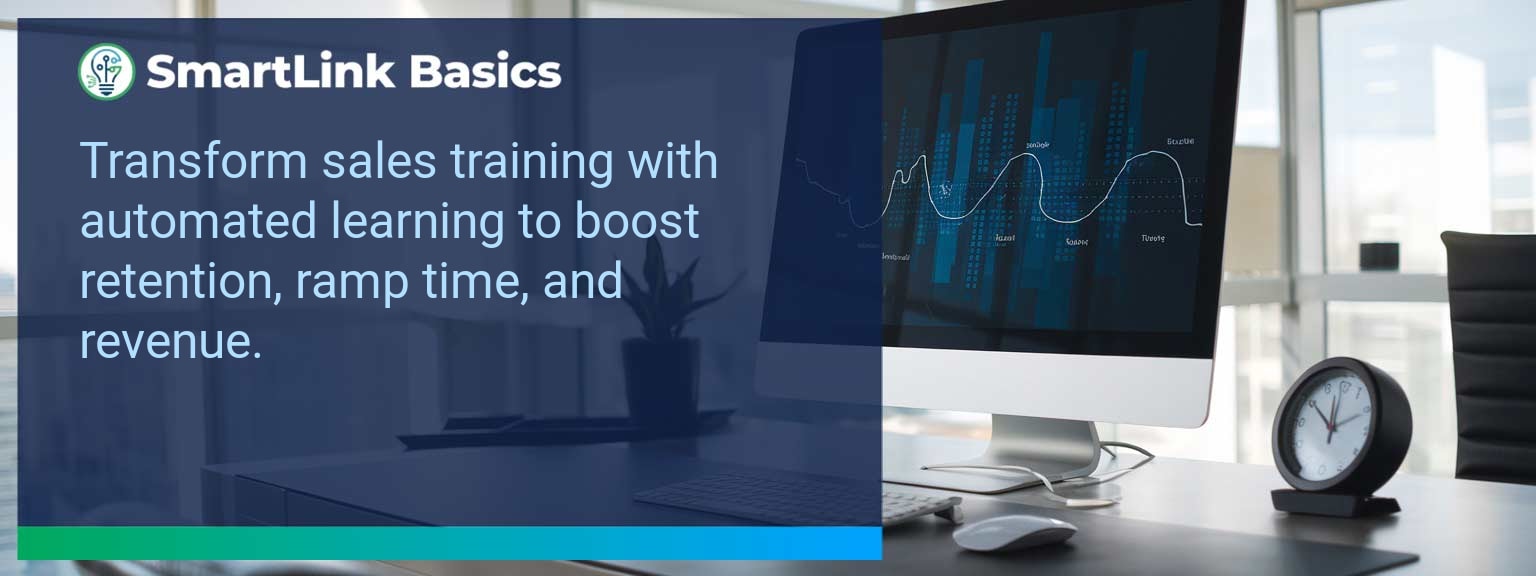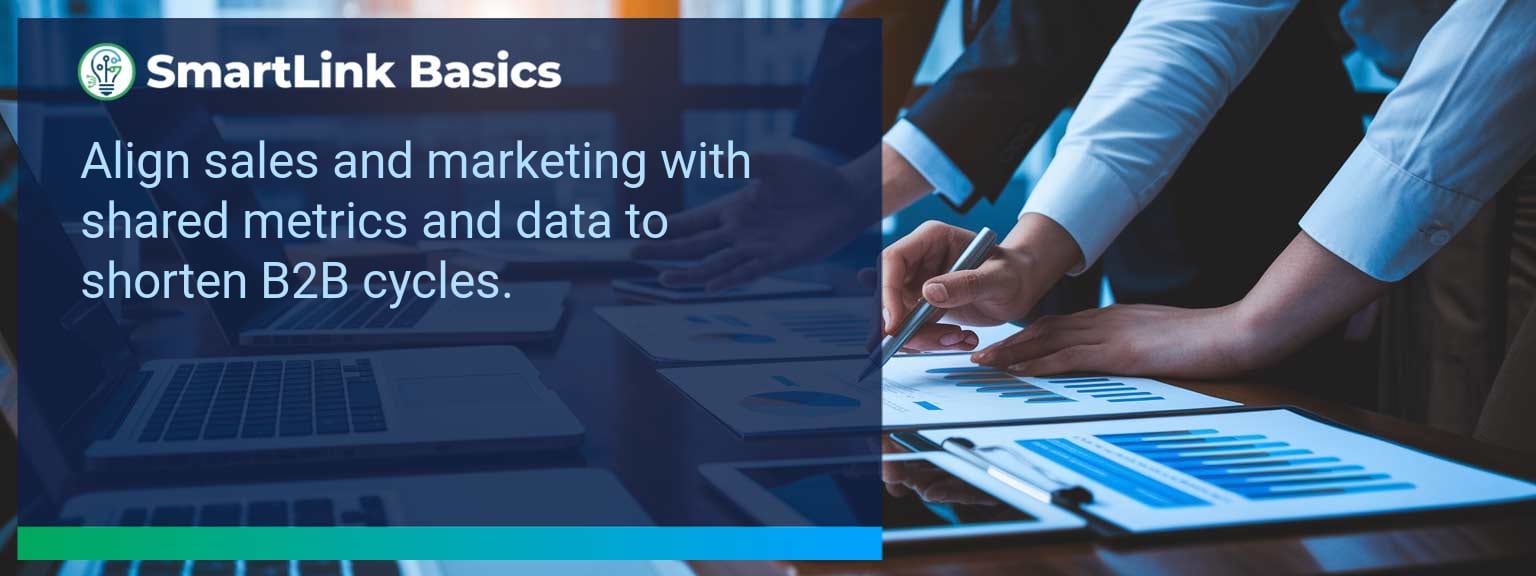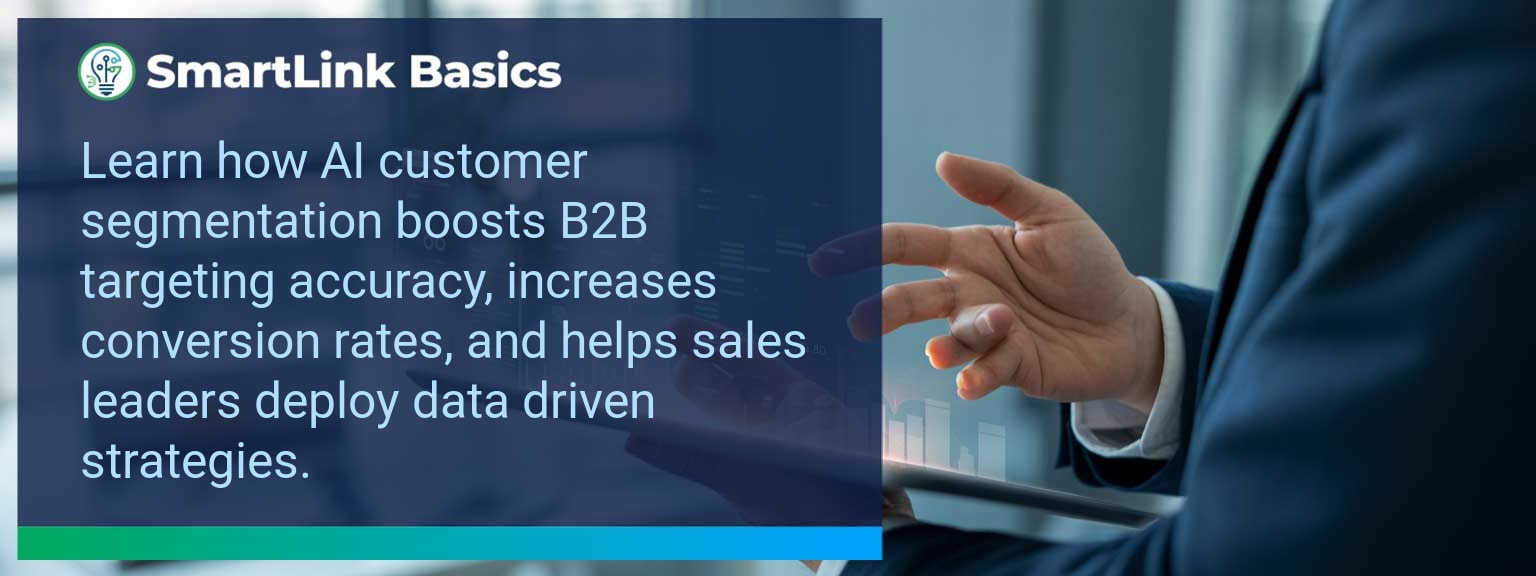AI is reshaping how high-performance sales teams uncover and engage prospects. A Harvard Business Review study found that companies using AI in sales increased leads and appointments by over 50%. For leaders seeking an edge, this shift is not optional—it defines competitive relevance. SmartLink Basics has identified that the most effective programs go beyond static lead lists, using behavior-driven outreach to pinpoint the right prospects, at the right moments, with the right message. In this article, you will learn how AI-powered prospecting techniques align sales resources with real buying intent, establish precision targeting strategies, and produce measurable outcomes.
- Shift from static lead lists to intent-driven prioritization
- Integrate AI tools to analyze behavioral and firmographic signals
- Automate personalized outreach sequences at scale
- Continuously refine prospect data with closed-loop feedback
- Measure ROI through aligned leading, lagging, and quality metrics
The Limitations Of Traditional Prospecting
Traditional prospecting relies heavily on static contact databases. These decay quickly and fail to reflect current interest or readiness to buy. Sales teams waste cycles pursuing low-probability leads, producing inflated pipelines but low conversion. For example, calling through a generic list of 500 names without behavioral prioritization can yield response rates under 2%. The actionable path forward is to replace volume-led habits with signal-based targeting, assessing timing and purchase intent before engagement.Harnessing AI-Powered Prospecting Techniques For Precision Targeting
Modern AI-powered prospecting techniques use machine learning models to rank accounts based on multiple data layers—firmographics, technographics, and behavioral intent. This allows teams to focus resources on accounts exhibiting real buying signals. For example, predictive scoring tools can surface a mid-market prospect who has downloaded two implementation guides and attended a webinar within three days, indicating a spike in intent. To implement, integrate AI-driven scoring into your CRM and align your outreach cadence with the prospect’s activity window.Behavior-Driven Outreach At Scale
Behavior-driven outreach connects sales actions to buyer behavior. Triggered sequences—emails, calls, and content offers—are activated when prospects cross predefined intent thresholds. A SaaS provider, for instance, could initiate a tailored demo invitation when a target account’s key contact revisits pricing pages twice in one week. Set clear engagement triggers in your CRM, ensure marketing-sales coordination, and use sales automation platforms to execute consistently.Measuring Impact And Conversions
AI-powered prospecting must be measured with precision. Metrics should track both leading indicators (engagement signals) and lagging indicators (revenue outcomes) along with data quality measures. For example, monitoring the percentage of leads engaged within 24 hours of intent detection often predicts close rates. Build a balanced dashboard so leadership sees not just pipeline growth, but pipeline quality.| Category | Metric | Definition | Target |
|---|---|---|---|
| Leading | Intent Signal Engagement Rate | % of detected buying signals acted upon within 24 hours | 90%+ |
| Leading | AI Score Adoption Rate | % of pursuits aligned to AI-predicted top-tier accounts | 85%+ |
| Lagging | Pipeline-to-Close Ratio | Deals closed ÷ total pipeline value | 30%+ |
| Lagging | Revenue per Target Account | Average revenue from accounts scored in top 20% | +15% YoY |
| Quality | Data Accuracy Score | Integrity and freshness of contact and account records | 95%+ |
| Quality | Outbound Personalization Index | Degree of message customization per recipient | ≥ 80% |
The Evolution Of Smart Prospecting
The future of prospecting will merge AI’s predictive precision with human judgment. Contextual understanding—such as changes in a target company’s leadership or market—will complement algorithmic scoring. Leaders adopting AI now will adapt faster to buyer expectations of relevant, timely engagement. For sustained success, balance automation with insight-driven interaction, supported by continuous skill development. Review quarterly whether your targeting criteria still align with market realities, updating both AI models and team plays.Get the 90-day plan, coaching rubric, and dashboard template to operationalize AI in your enablement program.









